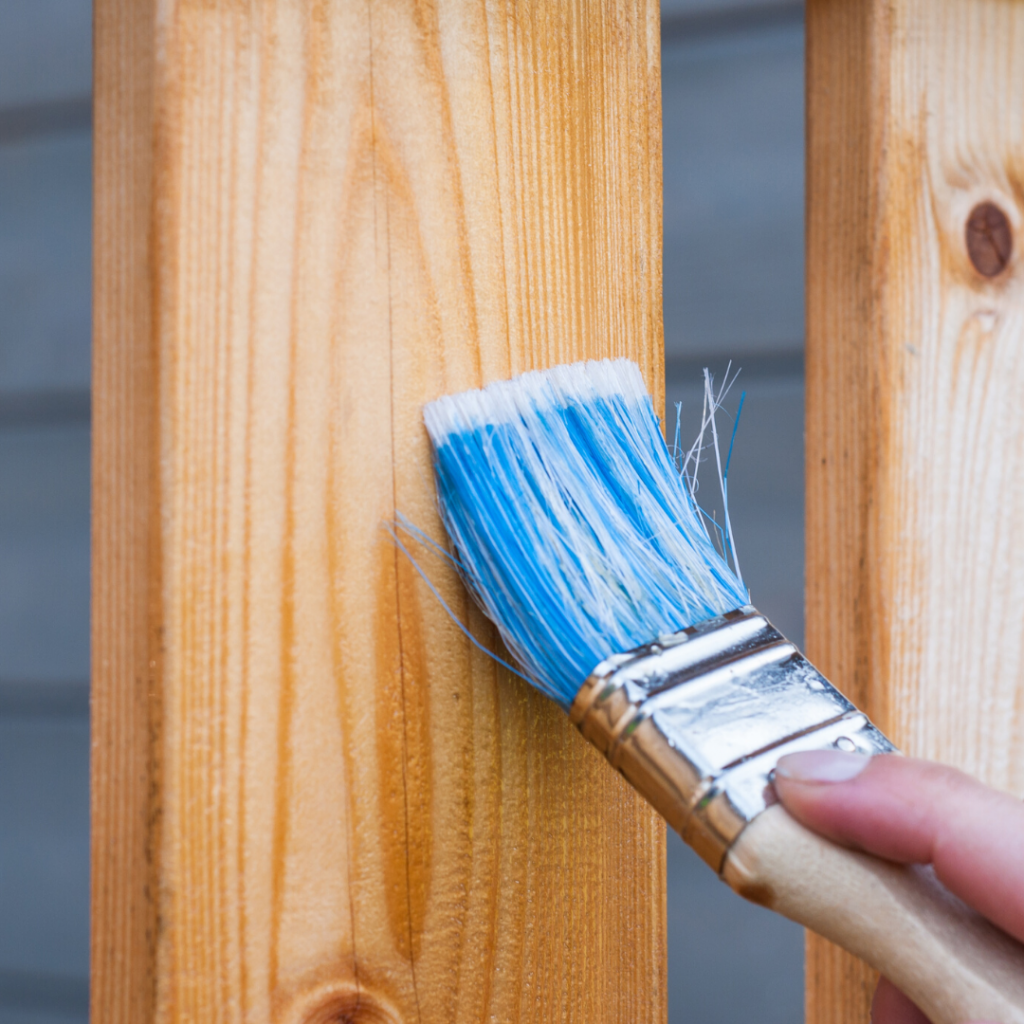
DIY You Can Do When Renting
Sometimes you never know what you can change and what you cannot change when you are renting you house. We advise you speak to your landlord before making any changes. Especially ones which you cannot go back on. If you get the all-clear, here are some examples of DIY you can do when renting.
Face-Lift For Renters
There are many ways in which you could give your rental a face-lift to help reflect your tastes, style and personality. But what sort of changes are allowed? As well as this, what do you need to think about before picking up your paintbrush? With help from renting experts, we have gathered information you need to know.
What’s Not Allowed?
Often, anything deemed as a permanent change will be forbidden under the terms of your tenancy agreement. Even hanging a picture could be off limits if you need to make a hole in the wall for a picture hook.
“Anything that might cause damage or leave marks, such as putting up shelving, using Sellotape and Blu-tac is usually forbidden,” explains Adam Lewczynski, Director of London Property Investments. “Children’s stickers on walls and doors can be the worst and just peel the paint and wallpaper off when you try to remove them.”
“Patchwork painting to try and hide the damage can often make things look worse so the whole wall or room may need to be redecorated, especially if the original paint or wallpaper was a unique style or colour.”
Ask Permission
If you want to decorate, you will need to OK any changes with your landlord. “Even if the agreement does potentially allow for redecoration, the relevant clause will probably state that this can only be done with the landlord’s prior approval,” explains Adam.
Unauthorised changes are a big no-no. With most tenancy agreements now including photographs and descriptions to confirm the state of the property at the start of the tenancy. So making changes without permission can result in the loss of deposit.
However, some landlords are happy to allow tenants to decorate, with approval. “When a property has been rented to the same tenant for a long period of time the tenant may have the option to repaint the property or add new carpets, etc,” says Vivienne Harris, MD of Heathgate Estate Agents. “In reality, most property owners would prefer to ensure that their asset is well looked after.”
It’s also important to ensure you keep to the rules set out by your tenancy agreement. You need to get permission for any permanent change in writing to ensure you don’t lose your deposit. “Overall, the safest thing for any tenant to do is get any redecoration or other works approved in writing by the landlord,” advises Adam. “The agreement should also clearly state whether any reinstatement will be required on expiry of the lease.”
How Can You Make A Difference?
When learning about DIY you can do when renting you need to remember that things you want to change you might not be able to. For example, wallpapering and painting may be forbidden. But, it’s possible to make significant changes. This is to the look and feel of a property with a few well-chosen accessories.

Soft Furnishings
“You have so many options to customise and dress up the interior space with soft furnishings,” explains Dr Pragya Agarwal, Architect and Creative Director at Hedge and Hog Prints. “Rugs, cushions and throws can be colour coordinated and chosen so as to give different rooms their own personalities. They also help to create a feeling of cosiness, and make the rented property feel like home.”
“Floor length curtains in colourful fabrics, and framed artwork hung with no-hole strips can be used to dress up your windows and walls.”
Bring The Outside Inside!
Nothing brings a bright energy to your home like a plant. Bonsai trees, aloe vera and orchids are all great houseplants. “Plants bring colour as well as greenery, and have been shown to help with a sense of well-being. Choose plants that are suited to interiors, and find bright corners to place them strategically around your home,” Pragya explains.
Up-Cycle
If you’d like to brighten your home on a budget, you might like to try your hand at upcycling; by renovating old wooden furniture, for example. “For a more contemporary look try painting in layers and then rubbing back to reveal different colours and textures. To get the best effect, concentrate on removing the layers where there would be natural wear. This might include things such as around handles, drawer fronts, and the sides of opening doors,” advises Juliette Goggin, author of upcycling guide ‘Junk Genius.’
You can also make cheap cushion covers by using scraps of fabric to make a patchwork and using this to cover a seat cushion. Or try revamping kitchen chair cushions by using “sacking or old linen tea-towels,” Juliette suggests.
Grab A Bargain
If upcycling isn’t for you, or feel that you lack the necessary skills, it’s possible to pick up furniture, throws, curtains and cushions at a bargain price if you know where to look. Local car boot sales can be an excellent place to start, with many bargains available for someone who knows what they want. Try making a wish list before you visit a boot sale, to ensure you don’t go overboard and buy everything.
If you don’t fancy leaving the house at the crack of dawn to snag what you need for cheaper. “Many local charities now have furniture centres where you can pick up furniture very cheaply, especially what is known as ‘brown’ furniture as a result of dark stains,” says Juliette. You can also use some of those lovely soft furnishings from earlier to cover old furniture.
Auction Sites
Finally, auction sites such as eBay can also be a great place to find the perfect cushion, coffee table or chair. For the best bargains, keep an eye on items with auctions that are ending soon. You can even try to place a sneaky last-minute bid. Before bidding, however, make sure you carefully read the description to ensure the item is the right size. Also to make sure there aren’t any unexpected problems. Also ensure that you factor in the cost of delivery or collection of larger items – these costs may turn a bargain into something altogether more expensive.
Spread The Cost
One of the best aspects of learning DIY You can do when Renting is finding new secrets and tips. You can spread the cost by finding bargains. So, why not look into spreading the cost of your purchases over time by taking out a personal loan. Whether you have good or bad credit, Simple Personal Loans will be able to help you find a loan to cover your home improvement purchases. Apply now and see how much you can spread the cost!!!
Consider The Pros and Cons
When buying furniture it’s worth thinking about its usefulness, as well as the way it looks. Hadley Mendelsohn, from House Beautiful advises, “In a rented home, if you are short on storage, consider thinking outside the box and buy furniture with a dual purpose. For example, you could invest in a chest to use as a coffee table in your living room. This would offer plenty of storage within.”
Keep An Eye On Cost
Having a home that reflects your taste is a great goal. But, it’s important to remember that renting is usually a temporary measure. Landlords may wish to sell up, or other life changes may lead to a move.
It’s great to spend some money sprucing up your pad, but always be mindful of cost. You should consider the prices of everything, from small things to large things.
For most people it’s preferable to make changes on a budget. For others, it is to get hold of decorative items that can be moved to the next property. This makes your investment more worthwhile. Especially if you are learning about DIY you can do when renting, you don’t want to make any mistakes. This is because they might cost you more than you expected.
